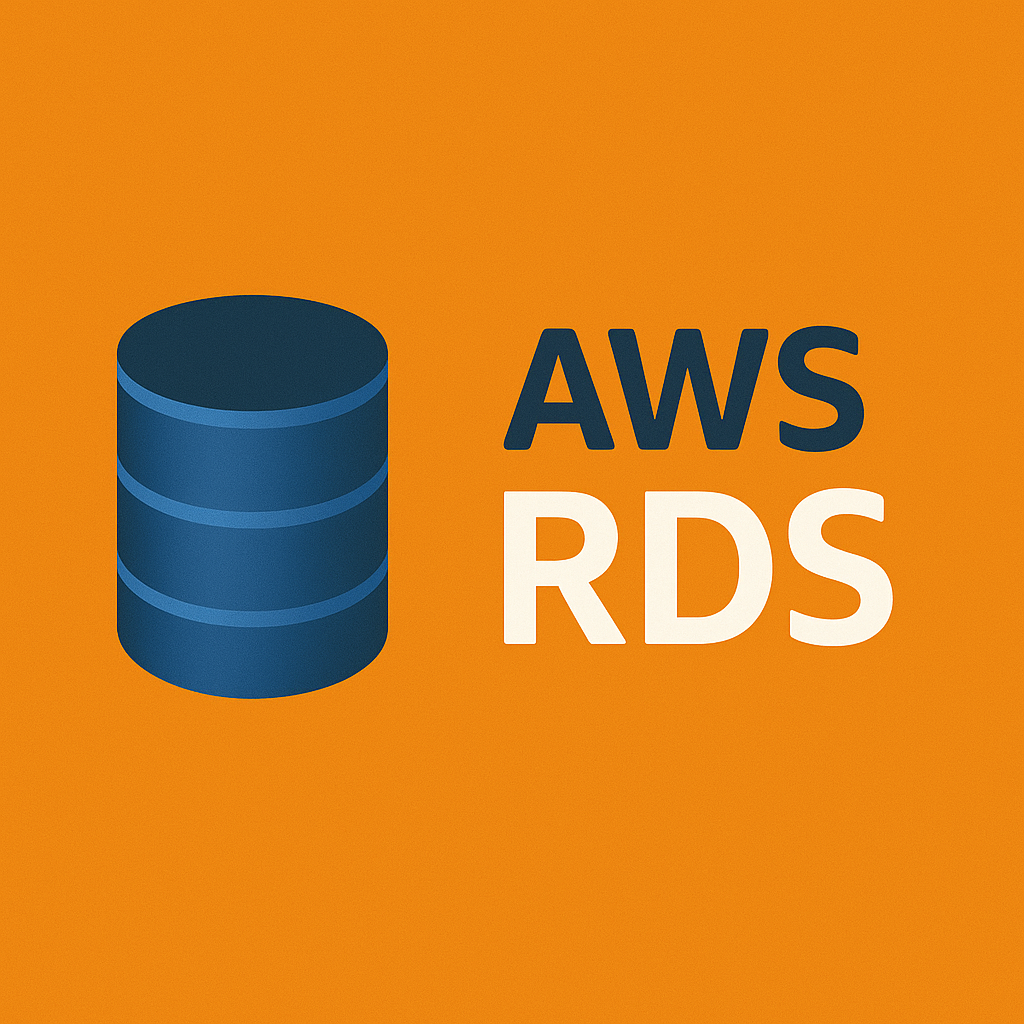What Are the Differences Between AWS RDS Single Instance, Multi-AZ Instance, and Multi-AZ Cluster?
Introduction: Understanding the Basics of RDS Availability and Architecture
AWS RDS (Relational Database Service) is a managed database service that simplifies database operations such as provisioning, patching, backup, and recovery. Depending on your needs for availability, performance, and cost, RDS offers multiple deployment options. This article explains the differences between “Single Instance,” “Multi-AZ Instance,” and “Multi-AZ Cluster” in a beginner-friendly way.
1. Single Instance (Single-AZ)
Features:
- A single database instance located in one Availability Zone (AZ)
- Lowest cost option, suitable for development or testing environments
- No automatic failover in case of AZ failure, resulting in potential downtime
Pros:
- Lowest cost
- Minimal latency
- Simple and easy to manage
Cons:
- Low fault tolerance (no high availability)
- No automatic failover; manual recovery from backups is required
2. Multi-AZ Instance
Features:
- A two-instance setup: one primary DB and one standby replica in a different AZ
- Automatic failover to the standby DB in case of primary failure (synchronous replication)
Pros:
- RPO = 0, RTO = 1–2 minutes
- High availability, ideal for production environments
- Minimal downtime during backups and maintenance
Cons:
- Higher cost than single instance
- Standby cannot be used for reads (no read scalability)
3. Multi-AZ DB Cluster
Features:
- A cluster with one writer and two reader nodes spread across different AZs
- Uses semi-synchronous replication for high-speed write performance
- Reader instances can handle read traffic, improving scalability
Pros:
- Fast failover (typically 25–75 seconds)
- Excellent availability and both read/write performance
- Load balancing for read traffic is possible
Cons:
- Currently supported only by MySQL and PostgreSQL engines
- More complex architecture
- Higher cost than other configurations
Comparison Table
| Feature | Single Instance | Multi-AZ Instance | Multi-AZ Cluster |
|---|---|---|---|
| Number of Instances | 1 | 2 (Primary + Standby) | 3 (1 Writer + 2 Readers) |
| Availability | Low (single AZ failure = downtime) | High (automatic failover) | Very High (fast failover) |
| Read Scalability | None | None | Yes (reader instances) |
| Write Performance | High (minimal latency) | Medium (synchronous overhead) | High (optimized writes) |
| Cost | Low | Medium | High |
| Typical Use Cases | Dev/Test Environments | General Production Use | High-Availability & High-Performance Production |
Which One Should You Choose?
- Development or Testing: Go with the cost-effective Single Instance.
- Production with Availability Needs: Choose Multi-AZ Instance for a balanced setup.
- High Traffic & Scalability Requirements: Opt for Multi-AZ Cluster to ensure high availability and performance.
Summary
Choosing the right RDS deployment type is essential based on your availability, performance, and budget requirements. For mission-critical systems and web services, a highly available setup like Multi-AZ Instance or Multi-AZ Cluster is strongly recommended. Evaluate your business needs carefully and select the best-fit RDS architecture to achieve stable and efficient operations.
